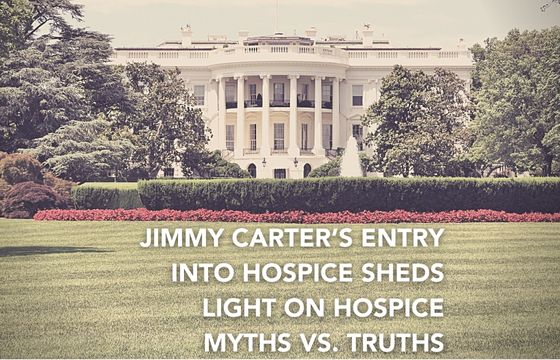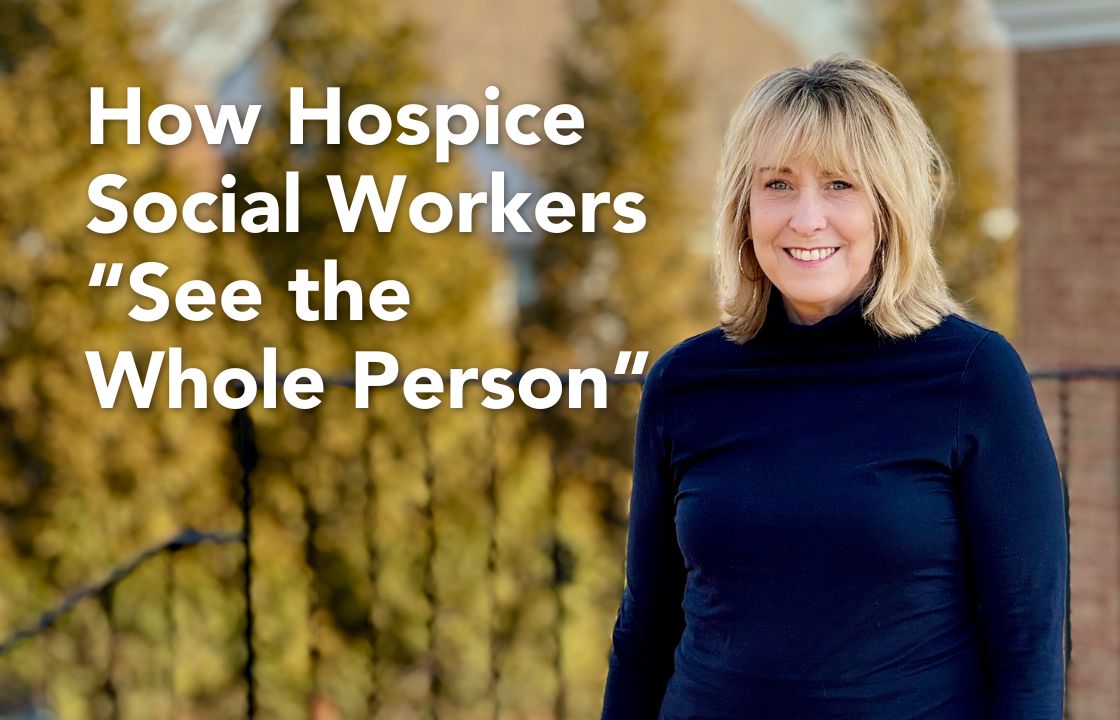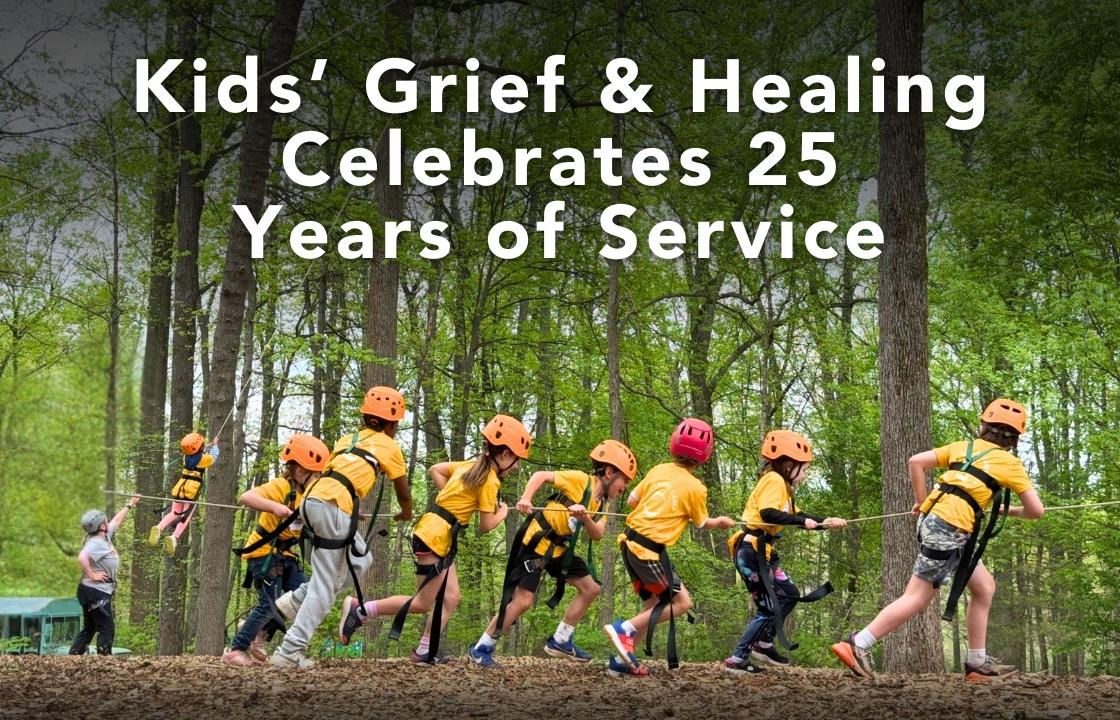Jimmy Carter’s decision to enter hospice care was a major news story over President’s Day weekend in February. The news brought a fresh round of articles explaining hospice in thoughtful and helpful ways. We wanted to take a moment and share links to some of our favorite pieces, along with some of the most illuminating passages.
How hospice helps patients and families navigate end-of-life care
By Lindsey Bever and Teddy Amenabar, The Washington Post
When should someone seek hospice care?
The answer depends primarily on the patient’s wishes, but can be influenced by their age, quality of life, prospects for future treatments, input from family members and the advice of doctors. Someone in their 40s with a young family, for instance, may be willing to continue invasive medical treatments longer than someone twice that age.
Margaret Drickamer, the associate medical director of inpatient hospice care at UNC School of Medicine said the answer boils down to this: How do I want to spend the time I have left?
It takes courage for anyone to shift gears and focus on pain management and care instead of preventing or treating a chronic condition, Drickamer said. That’s why President Carter’s example is so important, she added. “He’s gotten to a stage where he wants comfort and dignity,” she said. “He’s demonstrating to people how to do that.”
President Carter is on hospice care, but what is it? Our medical analyst explains
By Katia Hetter and Dr. Lean Wen, CNN
CNN: What are some common misconceptions of hospice care?
Wen: There is a misconception that hospice care is “giving up” on medical care. Actually, hospice care is a specific type of compassionate medical care for patients in the last stages of incurable disease to live as fully and comfortably as they can. A primary aim of hospice care is to manage the patient’s symptoms so that the patient’s last days can be spent with their loved ones, with dignity and the highest quality possible.
A second misconception is that once a patient enters hospice care, they can no longer receive any medical treatment. This is not true. Patients receive medicines to help their symptoms and alleviate their pain. They and their families can also choose to leave hospice at any point and resume, say, active treatment for their cancer.
I’ve also heard people say that hospice care is only for people with a few days to live. This is also not the case. Often, patients don’t begin hospice care soon enough to take full advantage of the help it offers. Beginning it earlier may help provide months — rather than days — of quality time with loved ones.
How does hospice care work?
By Dana G. Smith, The New York Times
Hospice provides end-of-life palliative care with a focus on the patient’s comfort and dignity. Pain relief is a priority, while treatments intended to prolong life are discontinued. Hospice agencies offer access to physicians, nurses, health aides, social workers and chaplains who assist patients and their families with everything from symptom management to funeral arrangements. The care is typically provided where the patient lives, whether that’s at a private home or in an assisted living facility.
“When people are close to the end of their lives, going to the hospital does not make them feel better anymore, because there’s not necessarily something that we can do to address their underlying illness,” said Dr. Carly Zapata, an assistant professor of medicine at the University of California, San Francisco, who specializes in palliative care. Hospice “is really focused on caring for people — and their caregivers or loved ones — to help them have the best quality of life possible for the time that they have left.”
Former President Jimmy Carter entered hospice: Here’s what that means
By Shawn Radcliffe, Healthline
While the Medicare benefit is written so patients with a life expectancy of six months or less are eligible, many people spend less than 30 days in hospice care, said Dr. Corey Tapper, an assistant professor of medicine at the Johns Hopkins University School of Medicine in Baltimore, Maryland. This is unfortunate, he said, because research shows that “patients actually benefit more, and report better quality of life and better symptom management, the longer that they’re in hospice.”
Tapper encourages his patients to start thinking about hospice earlier in the progression of their disease, such as when they no longer have additional therapies available to them.
Dr. Michael Trexler, an assistant professor and program director of the Hospice and Palliative Medicine Fellowship at Western Michigan University Homer Stryker M.D. School of Medicine, said the “right time” to enter hospice depends on a patient’s goals for comfort care.
He often asks patients how they would feel about coming back into the hospital to receive additional invasive treatments, such as radiology or surgical procedures. If that feels like more of a burden than a benefit, and they would rather be at home and comfortable, “then I recommend hospice care as a supportive service to help them be able to stay out of the hospital and meet their comfort needs,” he told Healthline.
The state of hospice care
NPR’s 1A Podcast
An interview with Carol Garrett, whose husband passed away on hospice care
It was around 3 o’clock in the afternoon. My husband was, by then, pretty much bedbound and sleeping almost all the time. I met with the hospice nurse, and I said, “I’m really sorry, but if you need to talk to my husband, I’ll have to go wake him up.”
And she said, “No, we can talk with you.” And so, we made a decision that day. And it was never “Here’s what we are going to do for you,” but “What do you want us to do for you?” They put it back on us to say, “Here’s what we offer, but how can we help you? How can we best serve you?”
By the end of the day, we had a bedside commode. We had an oxygen tank. We had a hospital bed. Everything we needed they supplied for us, and they brought it out that day. And I’m, like, “Oh my gosh, why isn’t this more talked about?”



